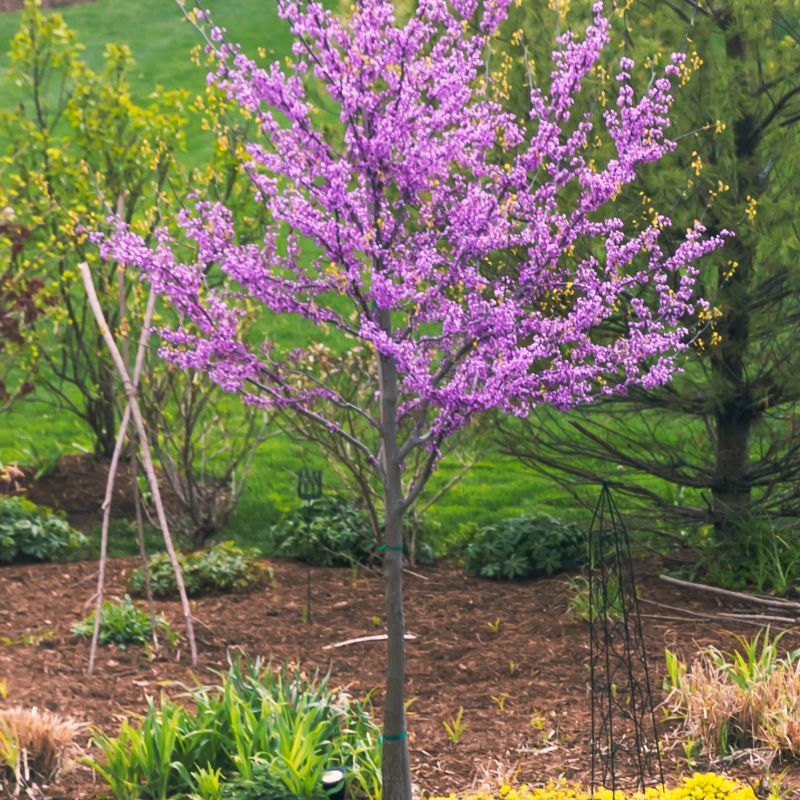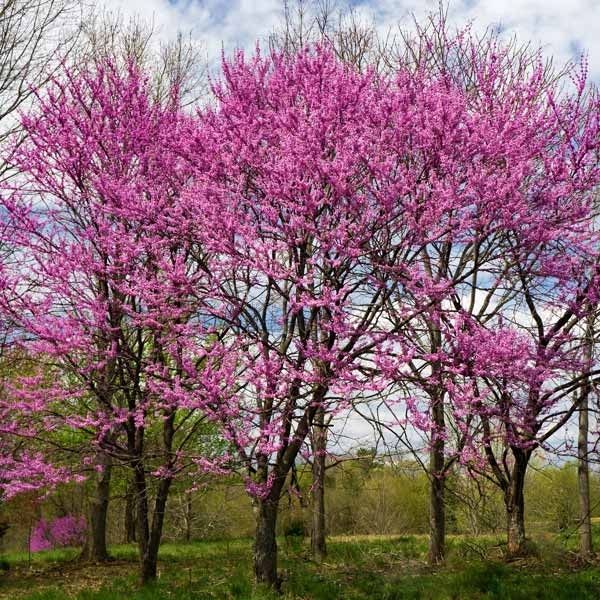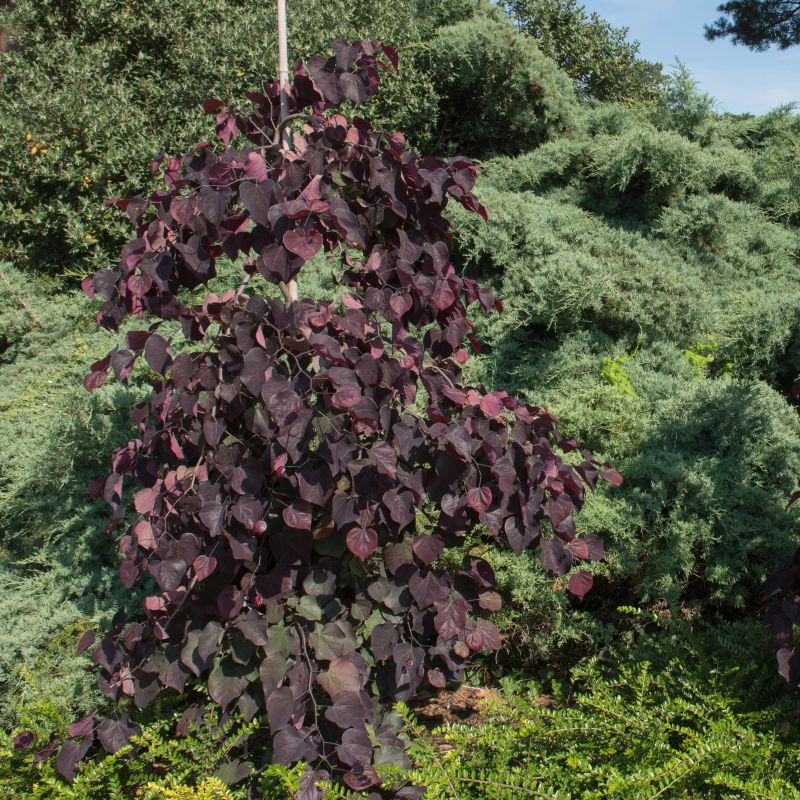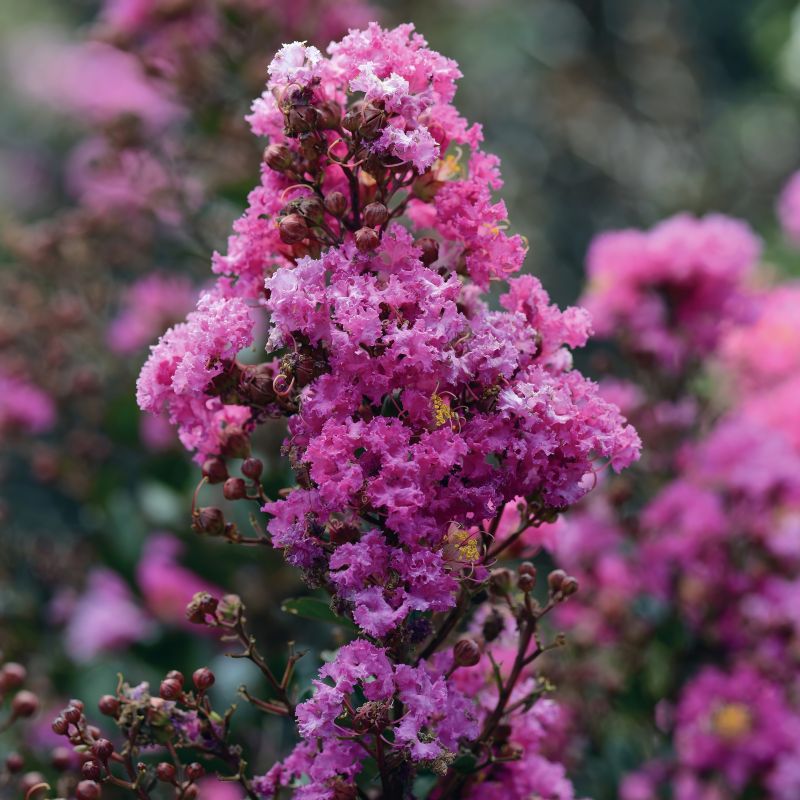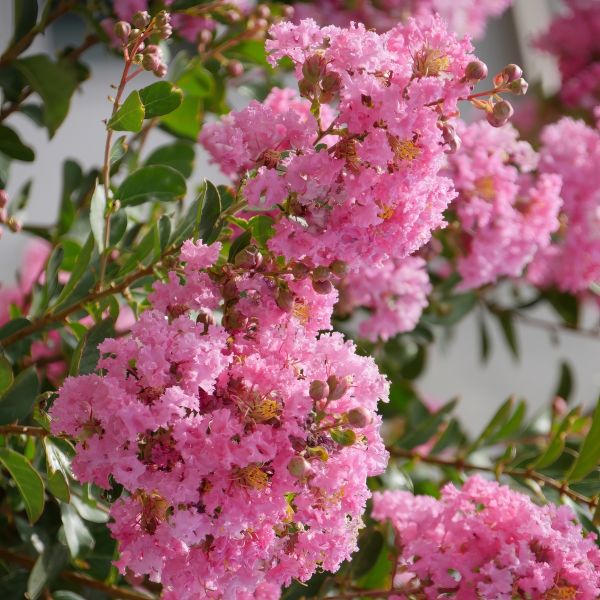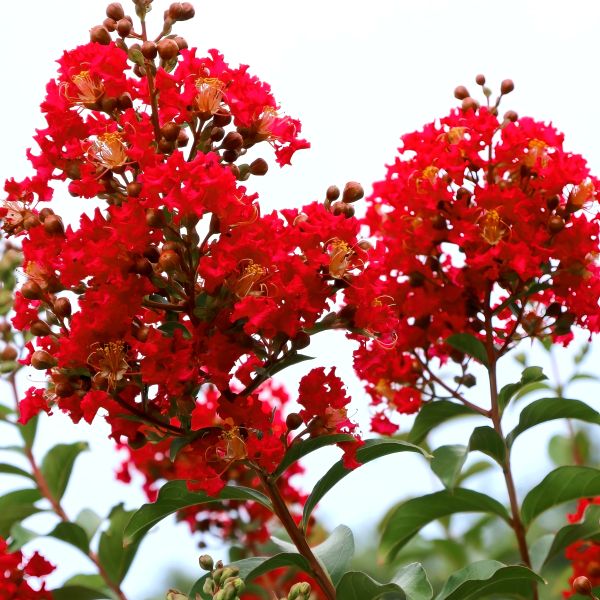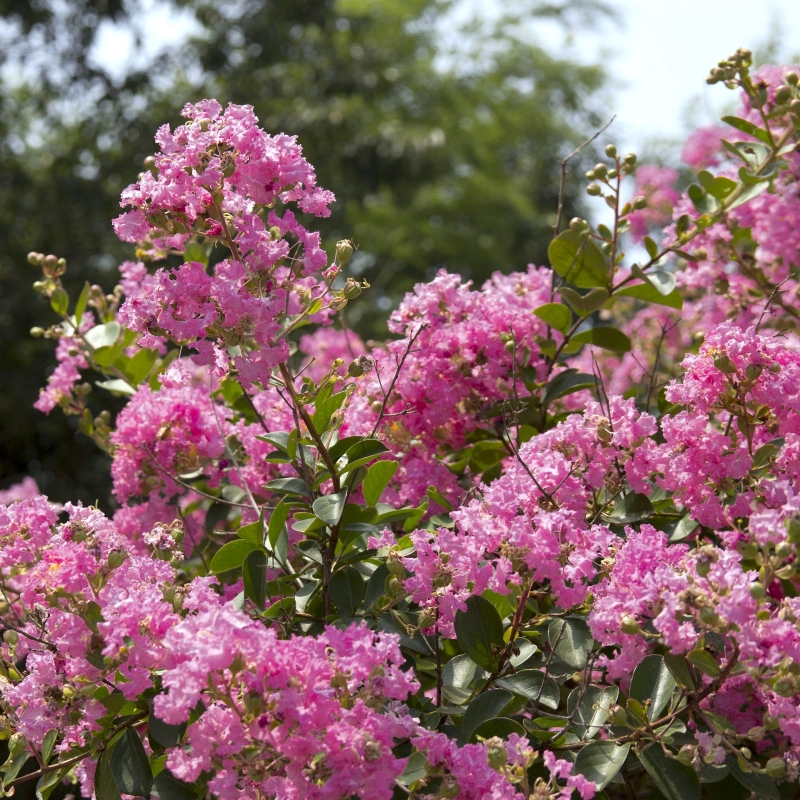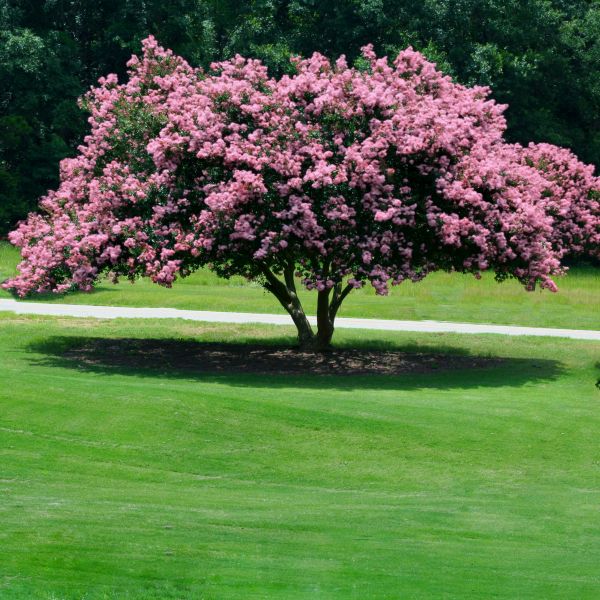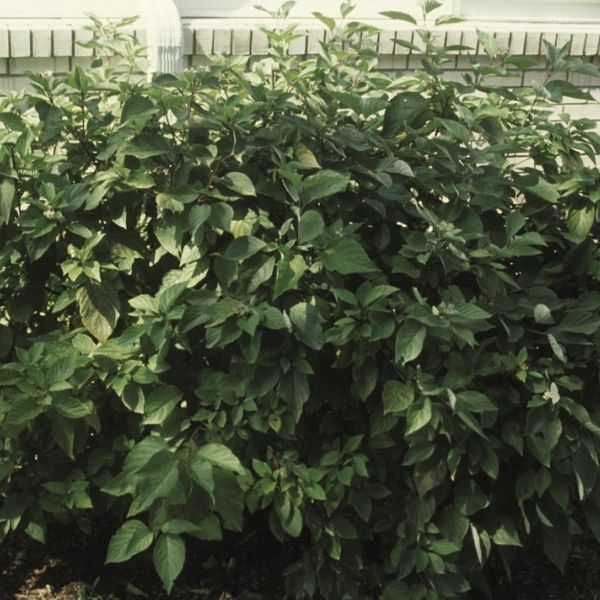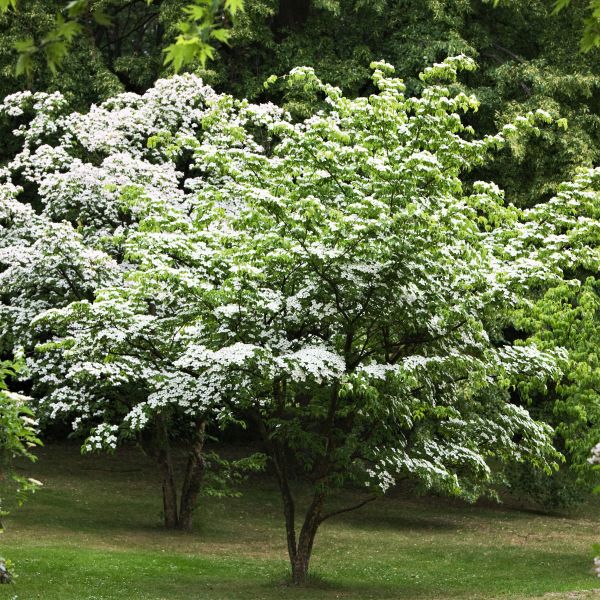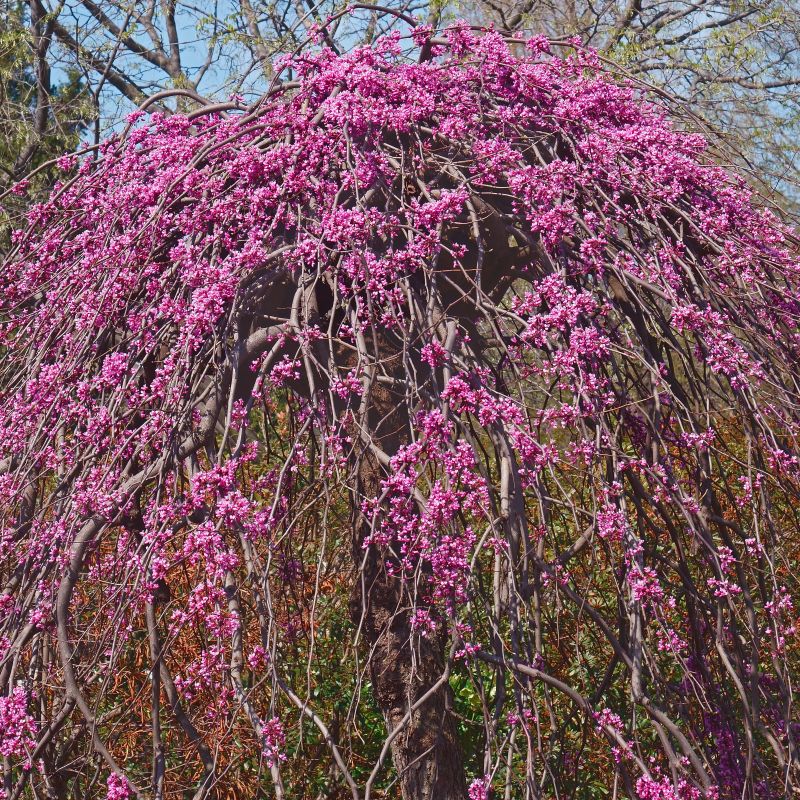
Whitewater Weeping Redbud
Cercis canadensis 'Whitewater'
13 reviews
Whitewater Weeping Redbud
Cercis canadensis 'Whitewater'
13 reviews
- Unique weeping habit adds interest to landscapes
- Beautiful heart-shaped white and pink flowers in spring
- Tolerant of various soil types and climates
$119.00
$170.00
30% Off
- Ships to 43215 in 3 to 7 days
- Free Shipping Over $150
- Plant Arrival Guarantee
- In Stock
- Free Plant Consult
$200
2.5 Gallon
Why Whitewater Weeping Redbud?
Whitewater Weeping Redbud is a unique and stunning ornamental tree with weeping branches that create a cascading effect. Its heart-shaped leaves emerge with a variegated white and green pattern, adding a splash of color to the garden. In the spring, this tree produces clusters of pink flowers that attract bees and butterflies. It thrives in full sun to partial shade and well-drained soil.
People who loved this plant also bought
Sunlight
Whitewater Weeping Redbud thrives in full to partial sunlight, preferring at least six hours of direct sunlight per day. It can tolerate some shade, but may have reduced flowering and overall growth in lower light conditions. Adequate sunlight is essential
Watering
The Whitewater Weeping Redbud tree requires regular watering, especially during periods of hot and dry weather. It is important to keep the soil consistently moist but not waterlogged. Mulching around the base of the tree can help retain moisture and regul
Fertilizing
Whitewater Weeping Redbud trees benefit from a balanced fertilizer with a ratio of 10-10-10 in early spring before new growth appears. It is recommended to apply the fertilizer around the base of the tree and water thoroughly after application to help with
Whitewater Weeping Redbud (Cercis canadensis 'Whitewater')
The Whitewater Weeping Redbud, also known as Cercis canadensis 'Whitewater', is a stunning deciduous tree prized for its unique weeping habit and variegated foliage.
This tree features heart-shaped leaves that emerge with green and white variegation, creating a beautiful contrast. In the spring, clusters of small pink flowers bloom along the branches, attracting pollinators and adding a pop of color to the landscape.
The Whitewater Weeping Redbud typically grows to a height of 8-10 feet with a similar spread, making it an excellent choice for smaller landscapes or as a focal point in a garden bed. It thrives in full sun to part shade and moderately moist, well-drained soil.
Whether planted as a specimen tree or in a group for added impact, the Whitewater Weeping Redbud is sure to bring beauty and interest to any garden or landscape.
Plant Information:
| Botanical Name: | Cercis canadensis 'Whitewater' |
| USDA Zones: | 6 - 9 |
| Water: | Moderate |
| Exposure: | Full Sun |
| Soil Needs: | Well Drained |
| Mature Height: | 6 - 8 feet |
| Mature Spread: | 4 - 6 feet |



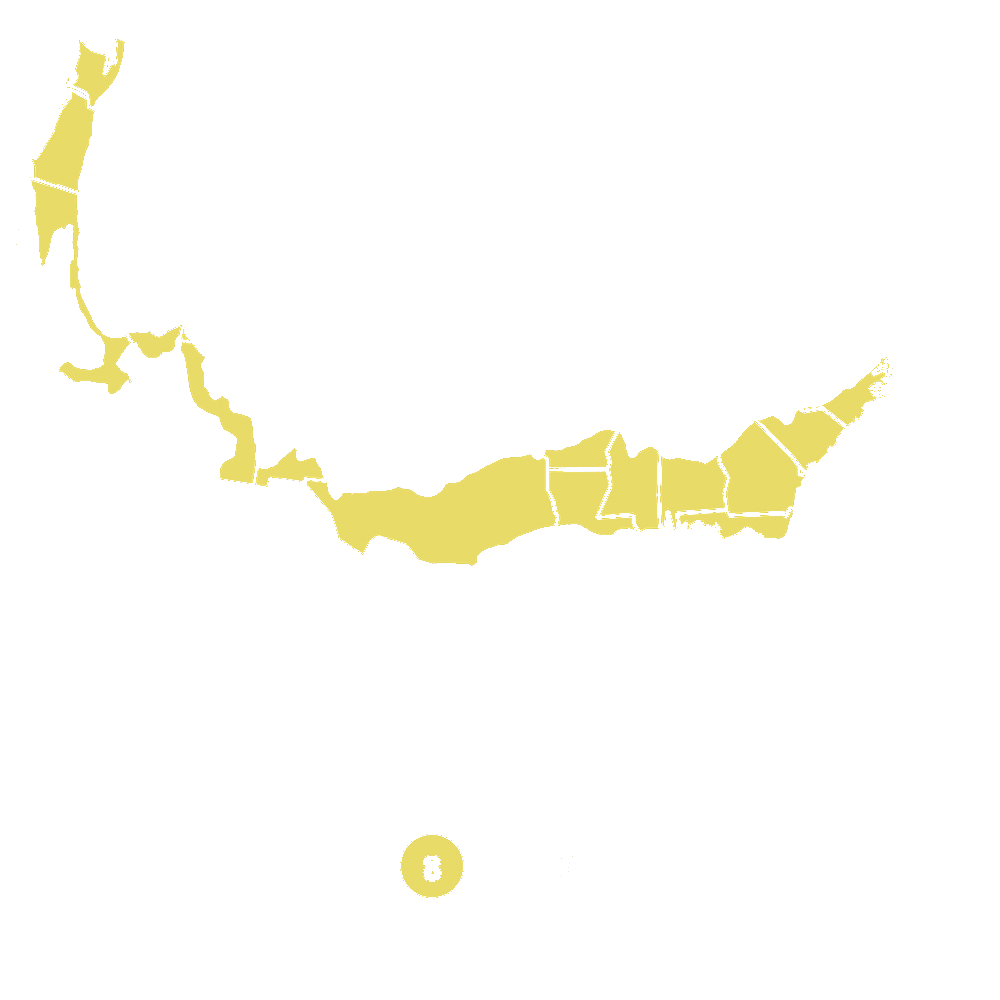

Pollination Info
Whitewater Weeping Redbud Pollination Info
Cercis canadensis 'Whitewater', commonly known as Whitewater Weeping Redbud, is a deciduous tree valued for its attractive white and green variegated foliage and cascading branches. Proper pollination is essential for the tree to produce seeds and continue to thrive.
Pollination Method
Whitewater Weeping Redbud is typically pollinated by bees, butterflies, and other insects that are attracted to its flowers. The tree produces small, pink to purple flowers that appear in clusters along the branches in early spring. These flowers contain both male and female reproductive parts, allowing for self-pollination. However, cross-pollination between different trees is also beneficial for genetic diversity and seed production.
Pollination Season
The pollination season for Whitewater Weeping Redbud typically occurs in early spring when the tree is in bloom. It is important to ensure that pollinators are active during this time to facilitate the transfer of pollen between flowers.
Pollination Importance
Pollination is crucial for the production of seeds and the continuation of the Whitewater Weeping Redbud tree. Without proper pollination, the tree may not be able to reproduce and create new generations. Pollinators play a key role in this process by transferring pollen between flowers, ultimately leading to seed formation.
Attracting Pollinators
To attract pollinators to your Whitewater Weeping Redbud tree, consider planting flowers and other plants that provide nectar and pollen nearby. Avoid using pesticides that can harm pollinators and ensure that the tree is healthy and well-maintained to support their activities.
By understanding the pollination needs of Whitewater Weeping Redbud and taking steps to support pollinators, you can help ensure the continued health and vitality of this beautiful tree in your landscape.
FAQ
Whitewater Weeping Redbud (Cercis canadensis 'Whitewater') FAQ
What is Whitewater Weeping Redbud?
Whitewater Weeping Redbud is a unique variety of Eastern Redbud tree known for its weeping habit and variegated white and green leaves.
How big does Whitewater Weeping Redbud grow?
Whitewater Weeping Redbud typically reaches a height of 10-15 feet and a spread of 8-12 feet.
When does Whitewater Weeping Redbud bloom?
Whitewater Weeping Redbud produces pink flowers in spring before the leaves emerge, creating a stunning display.
How do I care for Whitewater Weeping Redbud?
Whitewater Weeping Redbud thrives in full sun to partial shade and well-drained soil. It is drought-tolerant once established and requires minimal pruning to maintain its weeping form.
Can I plant Whitewater Weeping Redbud in a container?
While Whitewater Weeping Redbud can be grown in a container when young, it may outgrow its container over time and will do best when planted in the ground.
Is Whitewater Weeping Redbud suitable for small gardens?
Whitewater Weeping Redbud is a compact tree that is well-suited for small gardens and urban landscapes due to its manageable size and ornamental qualities.
Does Whitewater Weeping Redbud attract wildlife?
Whitewater Weeping Redbud is known to attract pollinators such as bees and butterflies with its early spring flowers.
Planting & Care
Planting and Care for Whitewater Weeping Redbud
Planting:
- Choose a location that receives full to partial sun, with well-drained soil.
- Dig a hole that is twice as wide and just as deep as the root ball.
- Remove the plant from its container and gently loosen the roots before placing it in the hole.
- Backfill the hole with soil and water thoroughly to settle the roots.
- Mulch around the base of the plant to retain moisture and suppress weeds.
Care:
- Water regularly, especially during dry periods, to keep the soil consistently moist but not waterlogged.
- Fertilize in the spring with a balanced, slow-release fertilizer to encourage healthy growth.
- Prune as needed to maintain shape and remove dead or damaged branches.
- Protect the tree from strong winds and extreme temperatures, especially in its early years.
- Monitor for pests and diseases, such as aphids or powdery mildew, and treat promptly if necessary.
Additional Tips:
- Whitewater Weeping Redbud is a stunning ornamental tree with cascading white and green variegated leaves and pink flowers in the spring.
- It is drought tolerant once established, but regular watering is still necessary, especially during the first year.
- Consider planting companion plants with similar light and moisture requirements to create a visually appealing landscape.
Check Out These Verified Customer Reviews:
Customer Reviews
4.7 out of 5 based on 13 reviews
Thank you! Your review has been submitted.
Excellent customer service
The Whitewater Weeping Redbud added a beautiful touch to my garden.
I'm impressed with the high quality of the Whitewater Weeping Redbud tree.
Item has been added to your cart.



